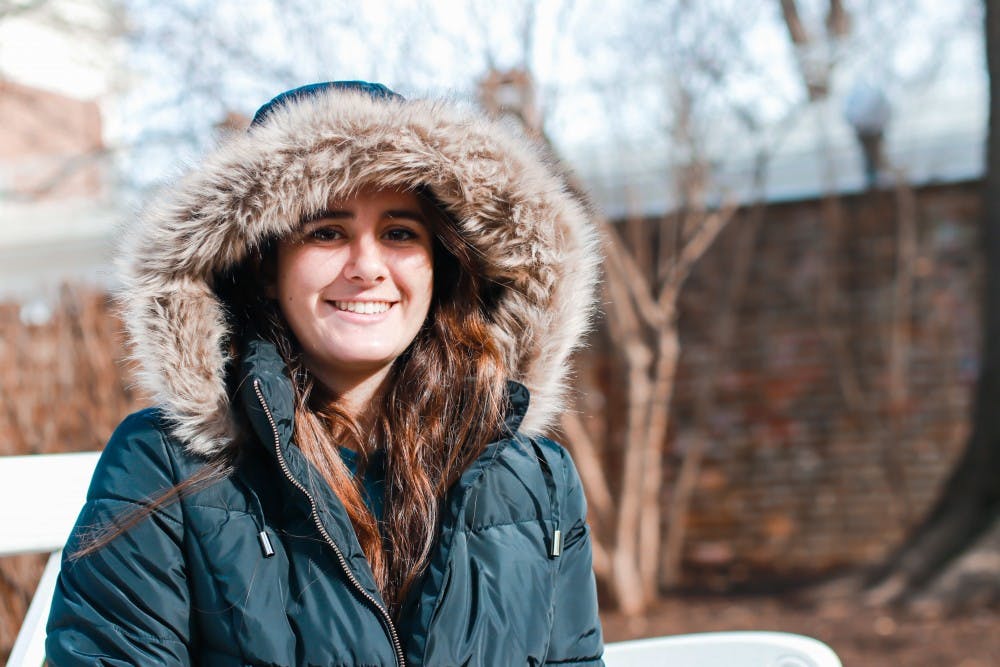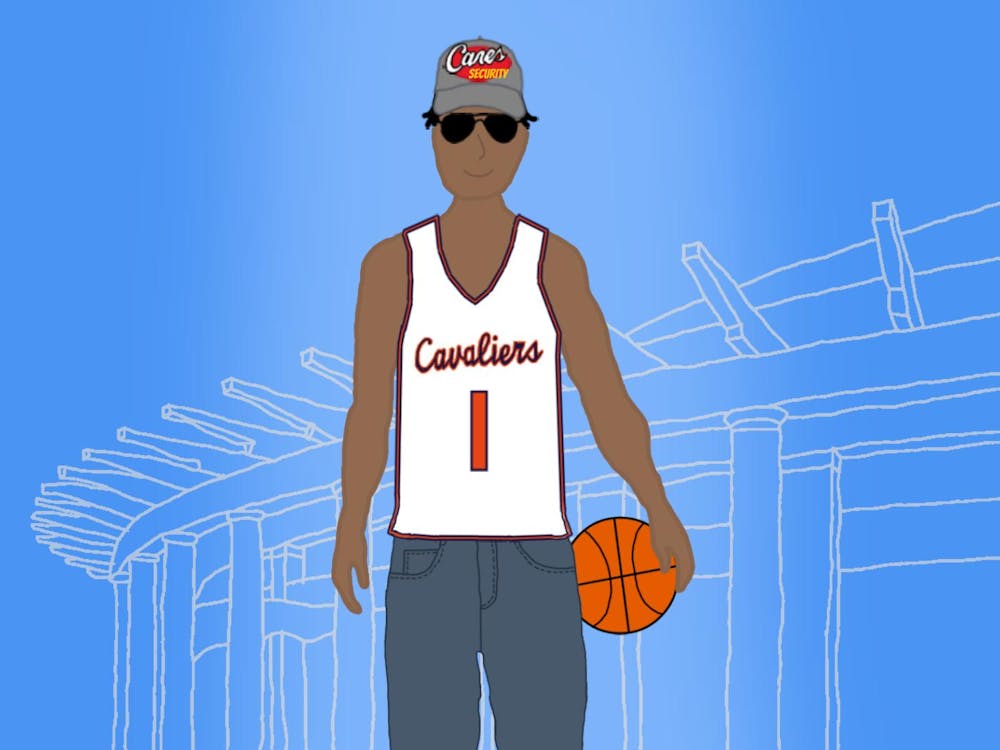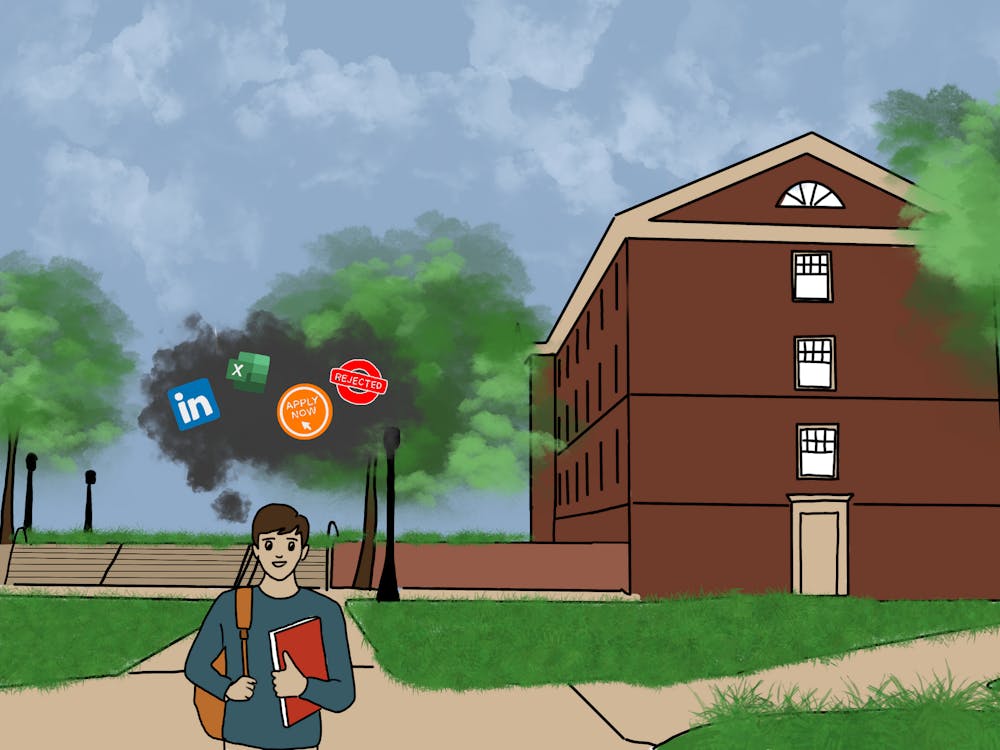With the recent bone-chilling weather, I began to wonder if we were the first people to experience cold weather, and if we were not, then how long have we as a species dealt with this madness? While staying inside and sipping hot tea, I conducted a great amount of research which indicates that winter’s longstanding history may soon come to an end. I hope you will read this and enjoy my findings while wearing fuzzy socks.
The word winter comes most directly from the Proto-Germanic word wintruz. Wintruz is also believed to have been derived from the Proto-Indo-European wed, meaning “wet,” or wend meaning “white.” The word winter can also be traced back to the Old English wintercearig, loosely translated to mean either “winter-sad” or “sad boy season.”
Etymologists arrived at these translations after studying cave drawings, which became significantly more depressed in nature during this annual cold season. The most famous caveman artist of his time entered his infamous Burnt Bone Period, similar to Picasso’s Blue Period, during the first ever recorded winter season. His cave drawings, which normally showed other cavemen and wild animals in various scenes of glory, began to depict other cavemen sitting alone in an empty cave, their faces sad and pale, eating salad. Those familiar with his work concluded that this change in artistic work must have developed from seasonal depression, as his work indicated that he blamed himself for the annual disappearance of the Sun.
During the sixth century, the theory of the common man regarding the changes in the weather was disproved. No longer were people allowed to believe that an evil entity had swallowed up the Sun, or that they were being punished for planting the wrong crops, or that the world was ending. Now, they knew that the Earth was round and thus a globe — sorry flat-earthers — and that this sphere was tilted at an angle of 23.44 degrees. Kepler’s three laws of planetary motion describe orbits around the Sun and thus explain the phenomenon that is known as the climate and the four seasons.
During the fourth season, the Sun’s rays hit the Earth at what is known as a “polar angle,” in layman's terms. The Polar Angle means that the ultraviolet rays reach the northernmost tip of the globe first, becoming polar in nature as they reach the Arctic polar bears. After connecting with the large, wild animal, the warmth of the Sun’s rays spread no further. The ultraviolet rays simply cannot penetrate the 990 pounds of sheer blubber, fur and muscle. For this reason, all of the other parts of the world are cold during the months of December until March, as the wild polar bears stop the heat from travelling onward.
By March of this year, as with every year in the past, the Earth’s continual tilt and orbital path around the Sun will have allowed the rest of the world to experience the Sun’s rejuvenating warmth once again. Also, by this time, all nineteen remaining polar bears will have a glow rivaling that of any American Spring Breaker. Unfortunately, due to recent trends spurred on by human actions, this annual phenomenon will not continue on forever. The greatest threat to the winter season has recently been identified as the Keto Diet.
The rise of social media on the northernmost tip of the world has led to body issues among the polar bear population, who now eat healthily and exercise every day. They have lost a collective ton of weight, a literal ton, and it is expected that in the years to come, they will not be dense enough to deflect the Sun’s rays for three months at a time.
Riley Power is a Humor Columnist at The Cavalier Daily. She can be reached at humor@cavalierdaily.com.







